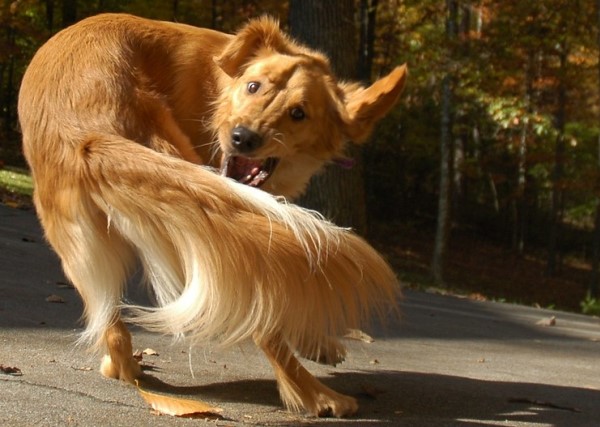
Why Do Dogs Chase Their Tails?
Have you ever watched your dog spin in endless circles, trying to catch its own tail? It’s a sight that’s equal parts amusing and confusing for pet owners. While tail-chasing might look like innocent fun, it can also point to something more than just a quirky habit. So, why do dogs chase their tails? Let’s dive into the possible reasons behind this curious canine behavior.
1. Playfulness and Boredom
For puppies and young dogs, chasing their tails is often a form of play. They’re discovering their bodies and testing out their agility. It’s similar to how babies explore their hands and feet — for a pup, that wiggly thing behind them is a fascinating mystery!
However, adult dogs may chase their tails out of boredom. If they’re not getting enough physical or mental stimulation, they may invent their own entertainment. Tail-chasing becomes a fun (and sometimes obsessive) game.
2. Attention-Seeking Behavior
Dogs are smart. If tail-chasing gets a laugh or reaction from you, they might do it again just to keep the attention coming. Over time, it can turn into a learned behavior reinforced by your response — especially if they’re feeling a bit neglected.
3. Medical Issues or Discomfort
Sometimes, tail-chasing can signal something more serious. Conditions that may cause this behavior include:
- Fleas or ticks near the tail area
- Allergies that cause itching or irritation
- Injuries or discomfort around the rear
- Anal gland issues
- Neurological problems (more rare)
If your dog suddenly starts chasing their tail excessively or seems distressed, it’s time to consult a vet to rule out underlying health concerns.
4. Compulsive Behavior
In some cases, tail-chasing becomes a compulsive disorder — similar to obsessive behaviors in humans. Breeds like Bull Terriers and German Shepherds are more prone to this. If it’s frequent, intense, and hard to interrupt, your dog may need behavioral intervention or medication.
5. Instinct and Genetics
Tail-chasing may also be linked to instincts or breed traits. Herding breeds, for instance, are naturally wired to chase moving objects. A constantly wagging tail might just trigger that instinct.
Should You Be Concerned?
Occasional tail-chasing is usually harmless and even entertaining. But if it’s happening often, leads to injury, or seems obsessive, it’s time to take a closer look. Monitoring your dog’s behavior and speaking to a vet or dog behaviorist can help address the root cause.
How to Curb Excessive Tail-Chasing
- Provide plenty of exercise and mental stimulation (toys, puzzles, training)
- Avoid reinforcing the behavior with excessive laughter or attention
- Check for fleas, skin issues, or signs of discomfort
- Offer enrichment activities like scent games or interactive feeders
- Seek professional help if the behavior seems compulsive
Image Source: Flicker
